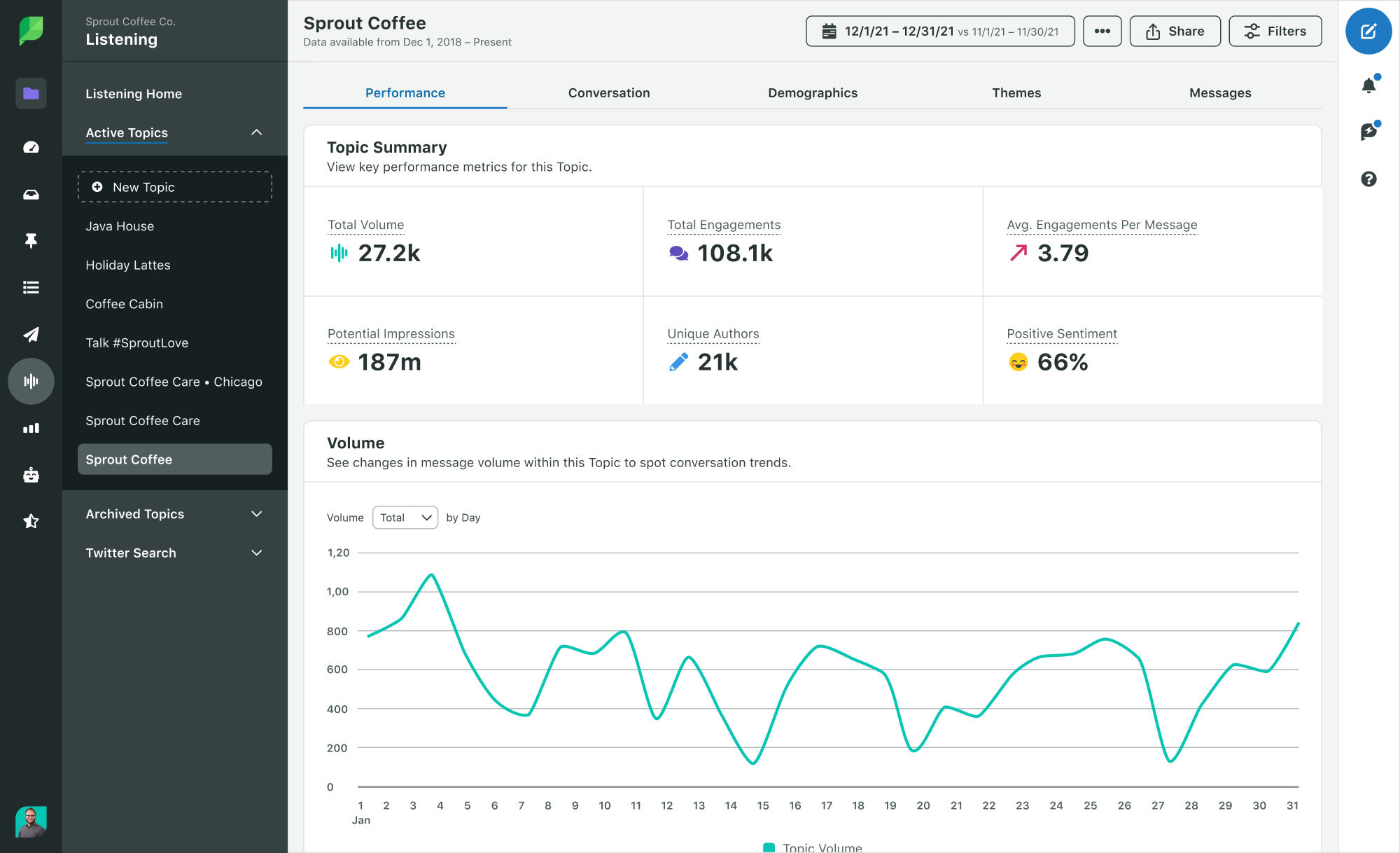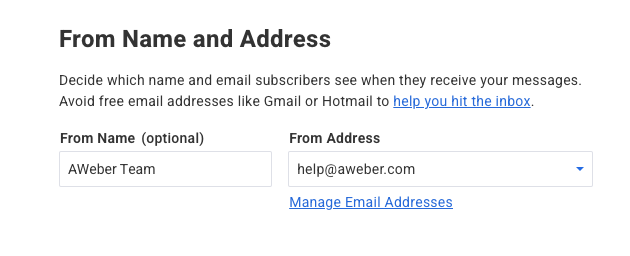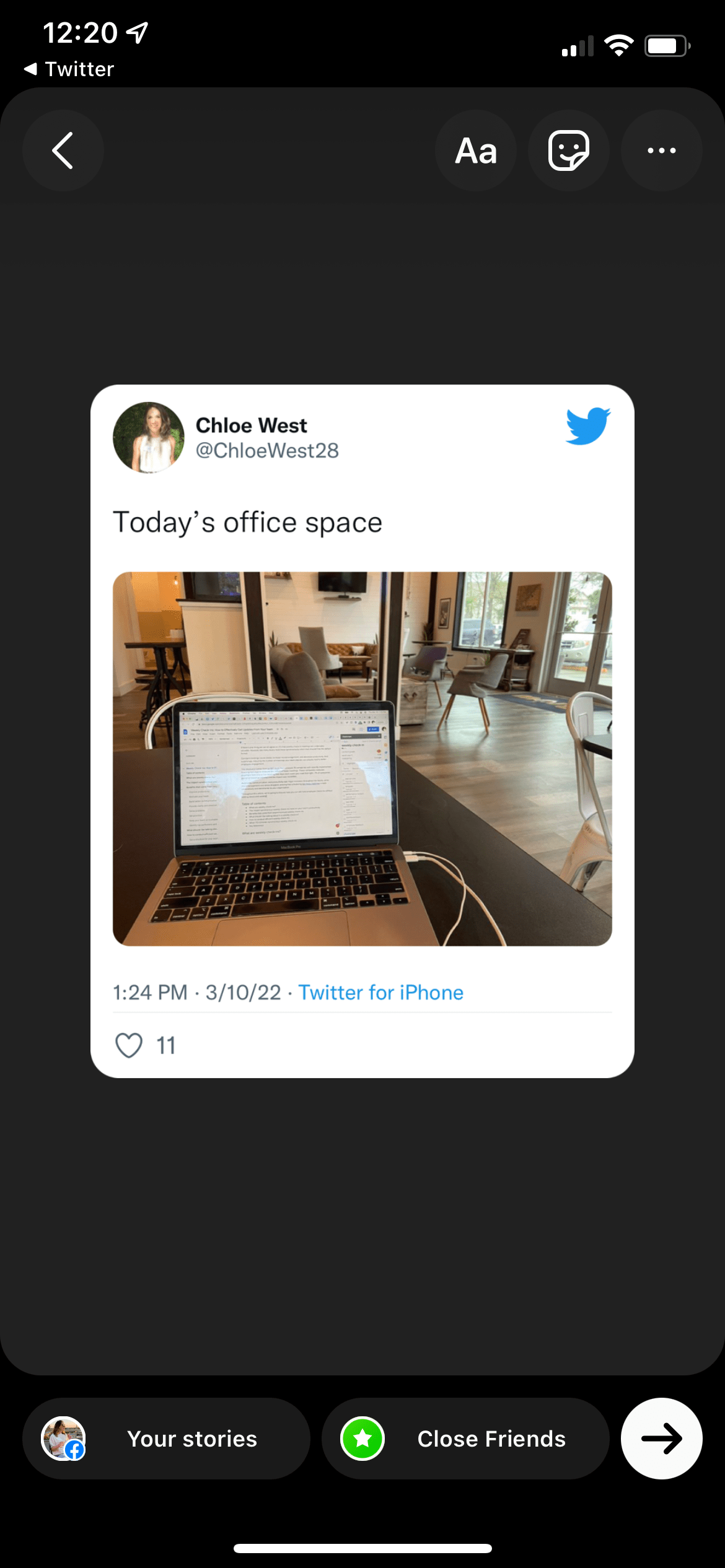Trying to decide between Instagram Reels vs. TikTok?
You’re not alone — brands are going all in on bite-sized video content right now.
Food for thought: a staggering 89% of marketers plan to increase (or maintain) their investment in short-form video in 2022.
That’s because short videos are the perfect way to build brand awareness and educate customers without losing their attention.
But content on Reels and TikTok is totally different than pretty much anything else you need on social media. If you don’t quite “get it,” we can help!
In this guide, we’ll break down these two dominant short-form social platforms including similarities, differences and best practices for both.
What is TikTok, anyway?
With over 1 billion monthly active users, TikTok is booming as the hub of short-form video on social media.
TikTok’s trademark? Loud looping videos that you share with your friends.
The platform is infamous for off-the-cuff video content that doesn’t take itself too seriously. Unlike other social networks where videos might be meticulously edited, unpolished and organic content tends to perform best on TikTok.
Here’s a quick rundown of the types of videos that are popular on TikTok:
- Hashtag challenges
- Skits and memes
- Product showcases, reviews and recommendations
- How-tos and tutorials
- Explainer videos
Although TikTok’s reputation is anything but businesslike, the platform is rightfully attracting interest from brands. Product-centric posts and recommendations dominate the platform.
This signals a huge window of opportunity for marketers and advertisers. In fact, 84% of marketers are increasing their spending on TikTok.
The good news? All of the content types above are totally fair game for brands. TikTok’s emphasis on community and sharing empowers brands to make connections with customers while also showing off products in action.
For example, brands like Yours Skincare have built an organic and ad presence on TikTok that centers around skincare tips, product showcases and explainer videos breaking down beauty product ingredients.

Coupled with fast edits, voice-overs and in-app music, these videos seamlessly blend entertainment value with education. This not only empowers brands to show off what they’re selling but also lets their brand voice shine.

If you’re still trying to wrap your head around the platform, check out our quick guide to TikTok.
What are Instagram Reels?
Released in 2020, Reels represent Instagram’s response to TikTok re: short-form video.
That’s kind of where the “Reels vs. TikTok” narrative comes from. Reels shares many of the same features and functions of TikTok which is why the two platforms are often thought of interchangeably when it comes to video content.
Recent Instagram stats reveal that Reels are among the platform’s most popular features. Coupled with Stories, carousels and even longer-form video, the release of Reels allows brands on Instagram to cover all of their bases when it comes to visual content.
Whereas TikTok leans heavily on trends, videos on Reels tend to resemble more “traditional” video content that’s simply stylized to fit the vertical format.
In the early days of Reels, many brands would simply cross-post content directly from TikTok. That changed quickly when Instagram announced that their algorithm would deprioritize content containing the TikTok watermark. This has not only reduced direct cross-posting but also encouraged brands to reimagine what they should do with Reels at large.
Popular among ecommerce brands, Reels are typically used to:
- Show off products in action
- Highlight collaborators and influencers
- Hype up announcements (product launches and drops, for example)
Check out Stitch Fix’s Reels tab, for reference. Notice the combination of seemingly “organic” content versus the more traditional videos with stylized text and backdrops.
The videos themselves aren’t so different from what you might see on TikTok in terms of visuals and music (although they’re arguably a bit more polished).
Think of Reels as an extension of your existing Instagram presence where your brand can be discovered beyond your feed via Instagram’s native search or the Reels tab on any profile.
This is where TikTok differs since their content discovery primarily happens through your “For You” page (FYP).
To learn more, check out our breakdown of how Instagram Reels work.
Instagram Reels vs. TikTok: comparing features and characteristics
The battle of Reels vs. TikTok seems like an even matchup considering both platforms encourage short-form video content.
That said, they’re far from the same.
Let’s take a deeper dive into the similarities and differences shared by both networks.
Reels vs. TikTok: how they’re similar
There’s no denying the similarities between the platforms. After all, Reels was a direct result of TikTok’s growing popularity.
And so you’ll often see the same pieces of content overlap across branded accounts with subtle differences in terms of creatives, captions and hashtags. See hair care brand Arctic Fox Hair Color’s content below:

Beyond what we’ve already discussed, here’s a quick rundown of what Reels and TikTok have in common:
- Both platforms are centered around short-form video. Again, both Reels and TikTok are prime places for fun, off-the-cuff videos. There’s arguably no better place to see brands flex their creativity. Product shout-outs and recommendations are fair game, granted whatever you post is loaded with entertainment value.
- Access to a sound library. Both platforms allow users to seamlessly attach sound effects, music, and audio snippets to any given piece of content. From memes and original audio to what’s on the radio and beyond, access to sound libraries encourages brands to make their videos “loud”.
- Filters and visual effects. Aesthetics matter for brands on social media. Visual effects and filters make your videos “pop” and allow you to put your trademark on anything you post.
- Ads. Surprise, surprise: short-form video is becoming an increasingly popular avenue for ads. Although TikTok ads are still relatively young, they’re becoming a staple of influencer marketing campaigns as creators show off their latest purchases.
- Opportunities for accounts to interact. Through Reels’ “Collab” option and TikTok’s “Duet”, accounts can interact side-by-side and create totally new pieces of content together.
Reels vs. TikTok: how they’re different
We’ll say it again: TikTok and Reels aren’t identical! Here are the key differences that marketers should know:
- Video length. Both TikTok and Reels have actually expanded the duration of their videos since launching. TikTok began with 15, 30 and 60-second uploads but now allows for videos up to 10 minutes long. Instagram Reels also offers three video lengths of 15, 30 and 60-seconds. Even with these expanded options, data says that creating shorter-form videos is ideal for both platforms.
- Music and sound options. TikTok users have a wider selection of audio materials while Instagram business accounts are not allowed to use copyrighted music. That said, recent updates on Reels will include new text-to-speech and voice effect features.
- Audience. While both platforms are popular among younger audiences, social media demographics point to how popular TikTok is with Gen Z and teenagers.
- Availability. If you’re already on Instagram, you already have access to Reels (which are available to access in 50 countries). On the flip side, TikTok is banned in some regions due to censorship laws and has faced some scrutiny due to privacy concerns.
- Analytics. TikTok analytics tracks both the overall profile and individual video performance. This includes big-picture metrics like total playtime, average watch time and geolocation. While Instagram users similarly had to rely on general Instagram analytics, the platform rolled out Reels-specific data to get specific insights. This covers metrics such as plays, interactions, reach, “likes”, comments, and saves.
- Advertising opportunities. Both platforms are rolling out new ad features and rightfully so. That said, TikTok puts a much greater emphasis on creator-based ads and campaigns versus Instagram’s more traditional, shoppable ads via Reels.
Can’t pick between Reels vs. TikTok? Why not both?
Both TikTok’s rapid growth and the popularity of Reels signal the importance of short-form video moving forward.
While competition is fierce in industries such as fashion and beauty, there are so many opportunities when it comes to short-form branded videos.
Whether you stick to one platform or go with both, you need to brainstorm how to tie your social video campaigns to actual business goals.
If you haven’t already, make sure to read our guide to building a social media marketing strategy that does exactly that.
The post Instagram Reels vs. TikTok: which is the best short-form video platform? appeared first on Sprout Social.
from Sprout Social https://ift.tt/MYfzBFR
via IFTTT
































